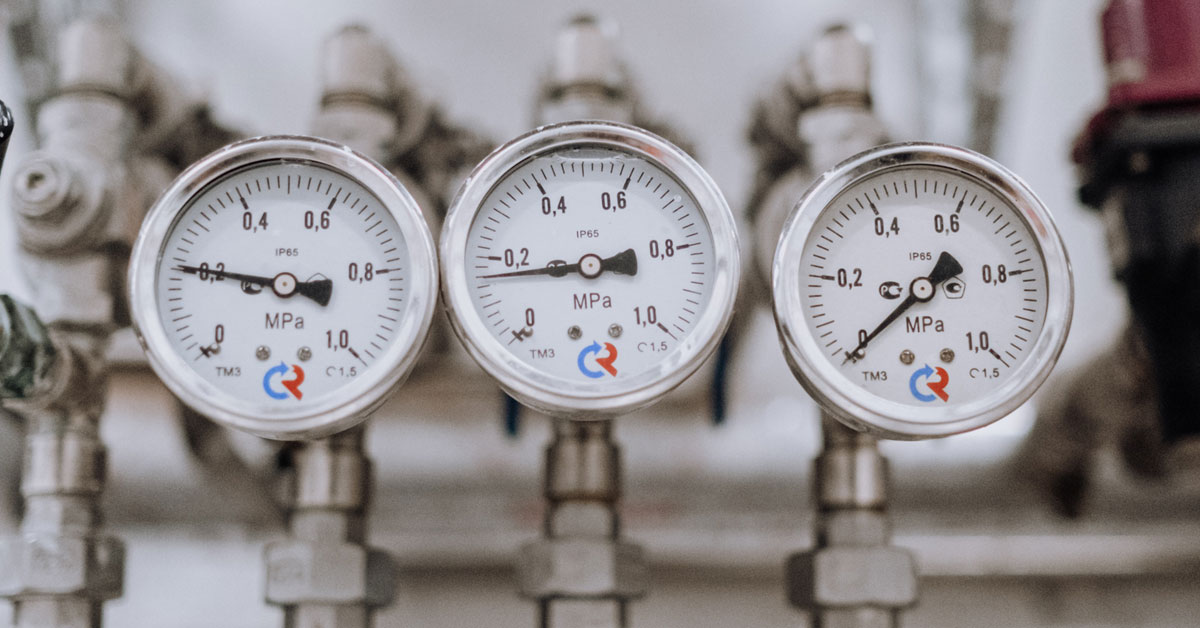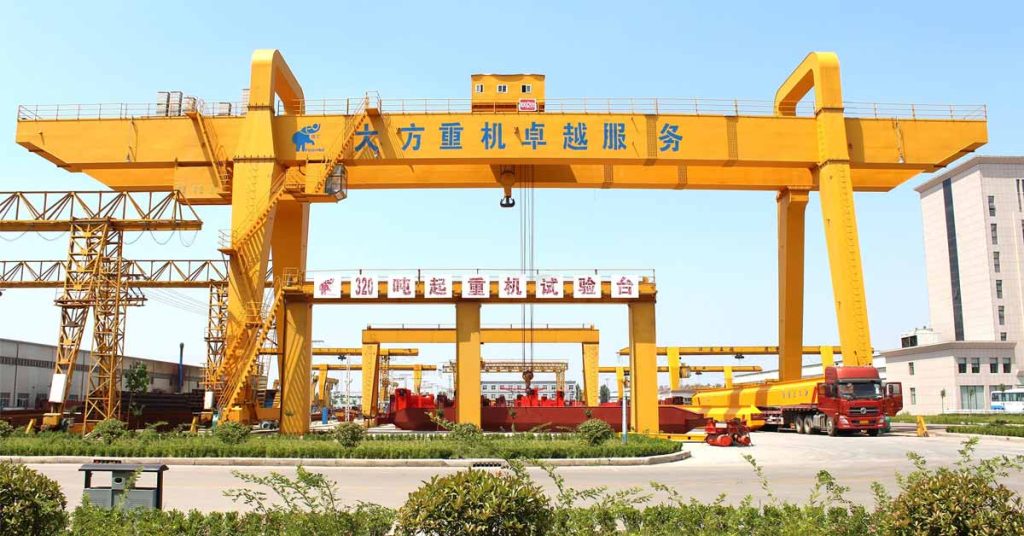ⓘ Image credits: Pexels
A pressure gauge is a gadget that measures the amount of fluid in a container. Pressure gauges are essential for setting up and calibrating fluid power equipment and repairing them. Fluid electric utilities would be unstable and ineffective without pressure gauges. Gauges verify that no leakage or pressure variations might damage the hydraulic system’s operation.
Because the hydraulic system is intended to operate within a specific pressure level, the gauges must also be certified for that range. Although maximum hydraulic pressure is generally in the 3,000 to 5,000 psi range, hydraulic pressure gauges may detect up to 10,000 psi. Hydraulic gauges are frequently positioned at or around the pump’s pressure outlet for system pressure display. Still, they can be mounted anywhere on the equipment where pressure has to be watched closely if sub-circuits run at various pressure rates than the pump.
Pressure gauges have been employed in hydraulic systems for almost a century. Therefore it’s not surprising that pressure gauge designs are still evolving. Pressure gauges for fluid power applications have evolved to include more implementation characteristics. For example, pressure gauges are increasingly being developed with hydraulic-friendly pressure connections (such as SAE/Metric straight threads) to minimise system leaks. Digital pressure gauges with configurable development tools enable operational assessment of pressure-based leakage or other variables like torque, load, force, and hardness. Analogue gauges with custom scales are much more prevalent.
There are numerous gauge styles, with Bourdon tubes and bellow gauges among the most prevalent. Bourdon tubes work by transforming pressure into mechanical power. This power turns a dial on the gauge, displaying the system’s current pressure. Bourdon tube gauges are now among the most popular gauges, and they come in a variety of shapes and sizes, including curved, helical, and spiral. The many types of tubing, their sizes, and the materials they’re composed of all vary depending on the pressure range. The tube’s cross-section varies with mounting pressure, which is a significant feature to observe. The cross-sections of the tube’s design will range widely from an elliptical to a circular form as the working pressure of the gauge rises.
Working Principle
The operating concept of pressure gauges is built on Hooke’s law, which asserts that the pressure needed to extend or crush a spring scales linearly with extension or compression range. There is both internal and external pressure. As a result, when force is exerted to the surface of an object, it is concentrated on the inner side since the pressure area is smaller. Pressure gauges based on the Bourdon theory are extensively employed in various sectors.
The AC and DC power supply is essential in digital pressure gauges. AC is transformed to DC by a control circuit. The pressure can be measured and sent to the sensor diaphragm, which detects the pressure and generates electrical impulses sent to the computer or smartphone. Consequently, digital pressure gauges are widely utilised. A tiny LCD is included with these gauges.
Absolute pressure is defined as a pressure measurement based on a reference value of zero or no pressure at all. Only a perfect vacuum can produce zero pressure, and outer space is the only area on Earth where this happens typically. As a result, atmospheric (ambient) pressure + gauge pressure equals absolute pressure. Gauge pressure is defined as absolute pressure less atmospheric (ambient) pressure. Positive overpressure occurs when the absolute pressure is higher than the atmospheric pressure; negative overpressure occurs when the absolute pressure is much lower than the atmospheric pressure.
How Do Pressure Gauges Work?
They come in various sizes, designs, and substances, depending on where they will be utilised. The industry relies on pressure gauges to monitor the pressure in a unit as a quality control method and verify that goods are consistent. Pressure gauges monitor fluids, gases, and steam for leakage or pressure construct in a network for maximum safety.
The applications or profession in which a pressure gauge is employed determines the gauge’s design, style, type, and configuration. Pressure gauges have a wide range of applications, from monitoring the pressure in a swimming pool pump to detecting the level in a hydraulic line for industrial machinery.
A pressure gauge is a device that measures the intensity of fluid, gas, water, or steam in a pressure-powered machine to verify that there have been no leaks or pressure variations that might impact the system’s operation.
Applications
- Pressure gauges have been around for almost a century and are still changing to meet the demands of new apps.
- Used to assess the functioning of pumps, conveying systems, and different kinds of sprayers.
- Pressure gauges are a key, and indispensable tool used mainly through industries to monitor system pressure as a quality control method and ensure product uniformity.
ⓘ LAFFAZ is not responsible for the content of external sites. Users are required to read and abide by our Terms & Conditions.










It’s nice that you pointed out how pressure gauges are essential for setting up and calibrating fluid power equipment and repairing them. I was looking at some industrial parts last night and I saw some pressure gauges in the list of essential parts. According to what I’ve heard before, it seems you could even get custom pressure gauges nowadays, which sounds pretty interesting.